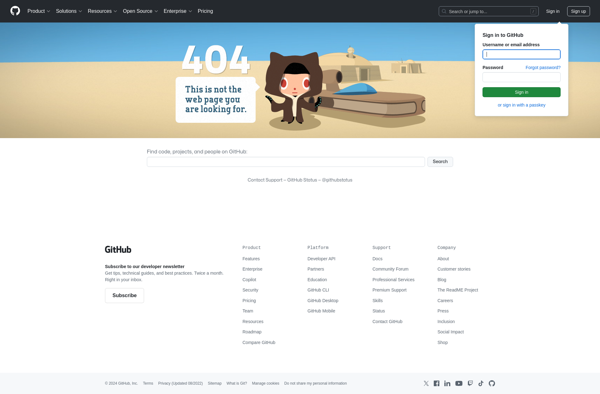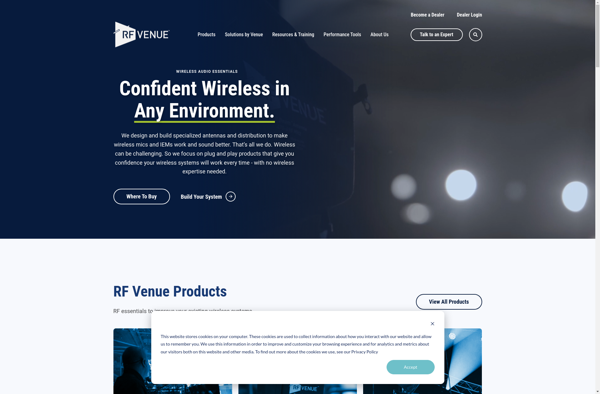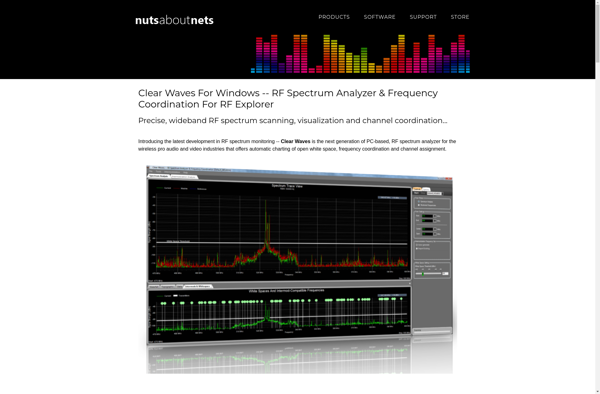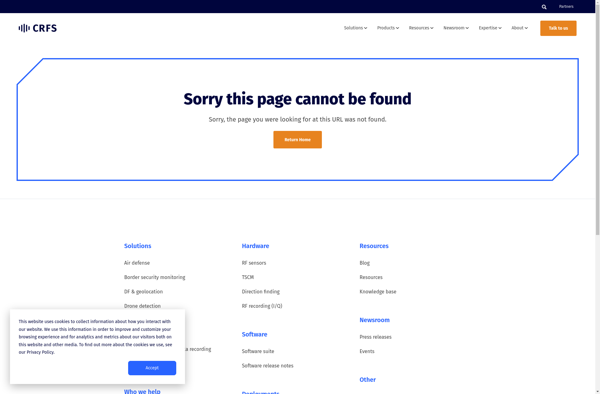HackRF

HackRF: Open Source Software Defined Radios
An open source software defined radio peripheral capable of transmitting or receiving radio signals from 1 MHz to 6 GHz, designed for security research, digital radio applications, and general radio experiments.
What is HackRF?
HackRF is an open source software defined radio platform that can be used as a USB peripheral or standalone device for both transmitting and receiving radio signals across a wide range of frequencies from 1 MHz to 6 GHz. It was created by Michael Ossmann and is manufactured by Great Scott Gadgets.
HackRF aims to be useful for security research purposes by hackers and security enthusiasts, for digital radio applications by radio amateurs and professionals, and for general radio experiments by hobbyists. It converts radio frequency signals into digital signals that can be processed using readily available PC hardware and open source software tools.
Some key features and capabilities of HackRF include:
- Full duplex transceiver capable of receiving and transmitting simultaneously
- Half-duplex external antenna port access allows each antenna port to be used as either TX or RX independently
- High bandwidth capability allows capturing signals up to 20 MHz wide
- Open source hardware design released under GPLv2 license
- USB powered for portability and easy usage
- External clock input and output allows synchronization with other devices
- Software API for integration into various applications
- Wide range of community-built open source software available
With its flexible hardware-software architecture, HackRF continues to grow as a popular SDR platform for hobbyists, enthusiasts, and security researchers alike looking for an affordable and open tool for radio experiments.
HackRF Features
Features
- Software defined radio peripheral
- Capable of transmitting and receiving radio signals from 1 MHz to 6 GHz
- Open source hardware and software
- Half duplex transceiver
- 12-bit ADC and DAC with up to 20 MHz sample rate
- Onboard ARM Cortex M4 microcontroller
Pricing
- Open Source
Pros
Cons
Reviews & Ratings
Login to ReviewThe Best HackRF Alternatives
Top Security & Privacy and Penetration Testing and other similar apps like HackRF
WaveTower

Clear Waves

DeepView
